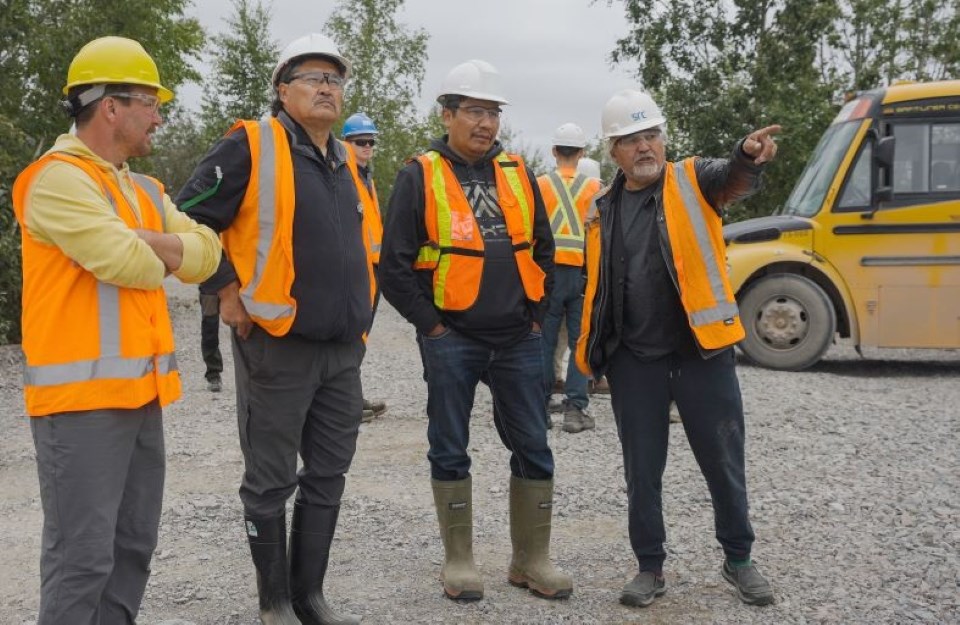SASKATOON — The Saskatchewan Research Council is launching an Indigenous Summer Student Program under its Indigenous Workforce Program to train Indigenous youths. This program is part of the council's Indigenous Action Plan to increase Indigenous Peoples’ participation, which is aligned with the Truth and Reconciliation Commission’s Call to Action 92.
SRC President and CEO Mike Crabtree said they pledged the Indigenous Workforce Program, including the Summer Student Program, will adhere to their goals of continuously building trust and stronger relationships with Indigenous communities.
TRC’s Call to Action 92 involves Canada’s corporate sector, which should adopt the United Nations Declaration on the Rights of Indigenous Peoples “as a reconciliation framework and apply its principles, norms, and standards to corporate policy and core operational activities involving Indigenous Peoples and their lands and resources.”
For two of the three conditions under Calls to Action 92, Canada’s corporate sector must “commit to meaningful consulting, building respectful relationships, and obtaining the free, prior, and informed consent of Indigenous Peoples before proceeding with economic development projects.”
They must also ensure Indigenous Peoples “have equitable access to jobs, training, and education opportunities in the corporate sector and that Aboriginal communities gain long-term sustainable benefits from development projects.”
"Advancing reconciliation with Indigenous Peoples is not only the right thing to do, it is simply good business. We encourage all our staff, collaborators and clients to embrace reconciliation daily,” said Crabtree.
SRC’s Indigenous Action Plan aims to engage Indigenous Peoples and advance their participation within the organization and Saskatchewan communities. The plan follows the four integral pillars of Employment, Leadership, Indigenous Community Relationships, and Business Development.
As part of their collaboration with the Indigenous community, SRC tapped the services of Saskatchewan-based Indigenous artist Arnold Isbister for his artwork, which brought colourful interpretations and symbolism of the four pillars of the 20-page Indigenous Action Plan.
In a statement sent to SaskToday, the SRC said the Indigenous Action Plan emphasizes Indigenous Peoples, communities and businesses to achieve their shared goal of economic development through education and job opportunities while building trust and stronger relationships with Indigenous communities.
“SRC’s Indigenous Workforce Program aims to increase the recruitment and retention of Indigenous employees. SRC will work to strengthen its current recruitment processes and develop strategies for attracting and equipping new Indigenous employees with essential skills,” said the Provincial Crown Corporation in the statement.
“Some ways SRC will measure success include signing agreements with Indigenous educational institutions and training entities and tracking year-over-year increases of new Indigenous hires.”
SRC said it will soon start recruiting for the Summer Student Program. It intends to fill three to five temporary positions. For more eligibility information, visit the Kiskiyihta Indigenous Summer Student Program. Kiskiyihta (Kiskee ih-taah) is a Cree word meaning to learn or to know.
SRC aims to increase the hiring and recruitment of Indigenous Peoples through its Indigenous Workforce Program, including the Summer Student Program. To this end, it will collaborate with Indigenous educational institutions to develop strategies for training, retention, and advancement of Indigenous employees and assist in finding the right candidates for SRC’s permanent positions and the Summer Student Program.
The Indigenous Workforce Program also includes initiatives such as forming an Indigenous Advisory Committee, increasing Indigenous procurement through SRC's Indigenous Procurement Policy, increasing the number of Indigenous learning opportunities for SRC employees, and strengthening meaningful engagement and collaboration with Indigenous communities and Tribal Councils.




